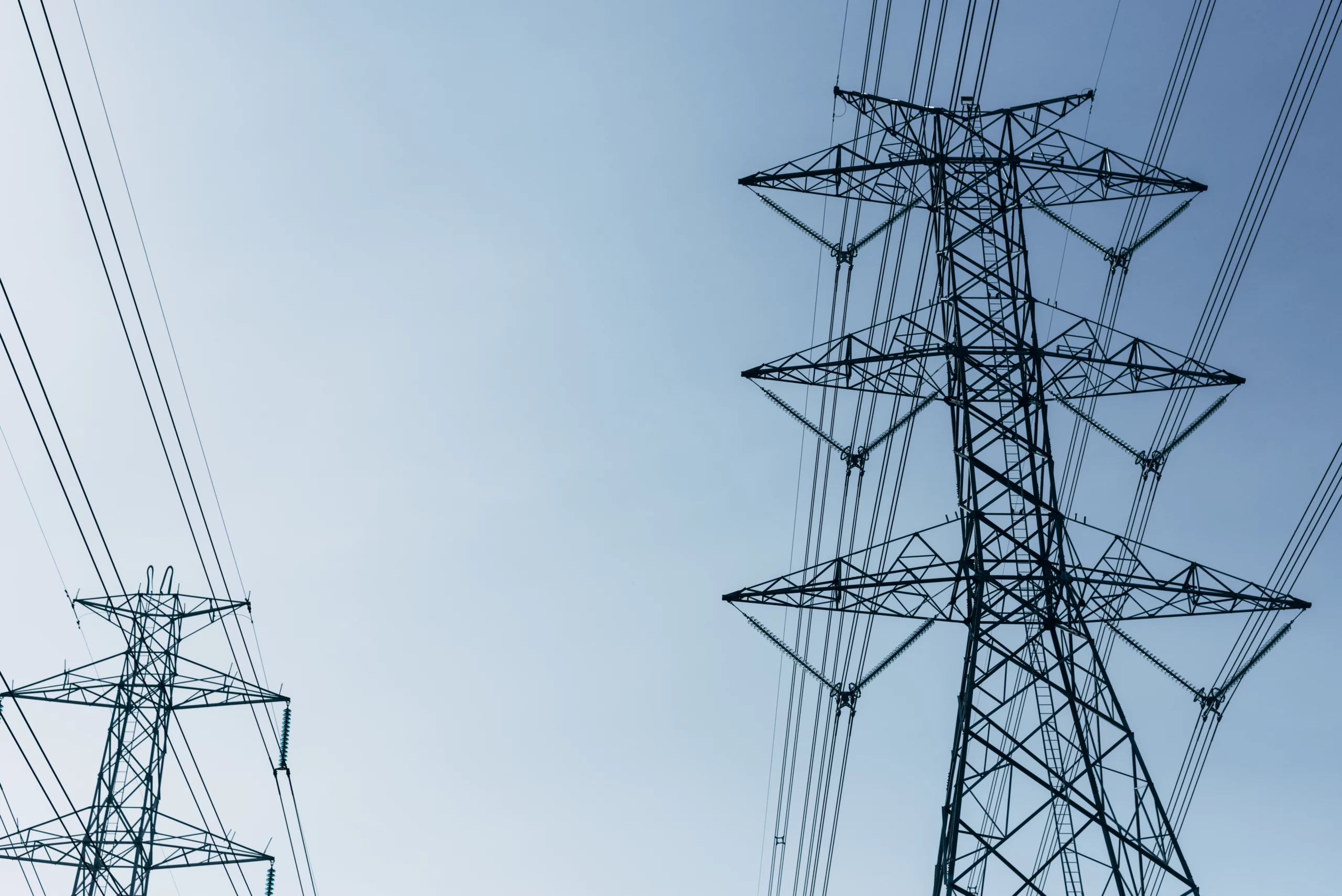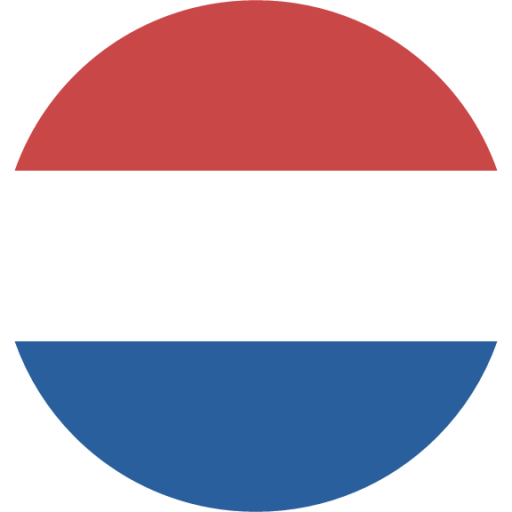Home → Blog → Real-time Interface → Addressing grid challenges with EU and Dutch legislation
By
Anaïs Wampack
Published on:
15/09/2023
In recent years, the energy landscape of the European Union and the Netherlands has been undergoing a significant transformation due to the rise of sustainable energy sources such as wind turbines and solar panels. This surge, while environmentally positive, has brought forth unprecedented challenges for the power grid. To tackle these challenges, grid operators and market players have collaborated to develop the Real-Time Interface (RTI). In this first part of our series “A Comprehensive Guide to Real-Time Interface”, we delve into the grid challenges that led to the RTI and explore the legislative drivers behind its development.
1. Understanding the Grid Challenges in the Netherlands
Grid Congestion and the Energy Transition
The energy transition is characterized by the rise of sustainable energy sources and electrification. In the Netherlands, we witnessed a 106% increase in renewable energy production between 2018 and 2021 [Source: International Energy Agency]. This surge primarily results from the proliferation of wind turbines and solar panels, which integrate into the electricity grid. However, this increase in renewable energy production, while reducing carbon emissions, presents new challenges:
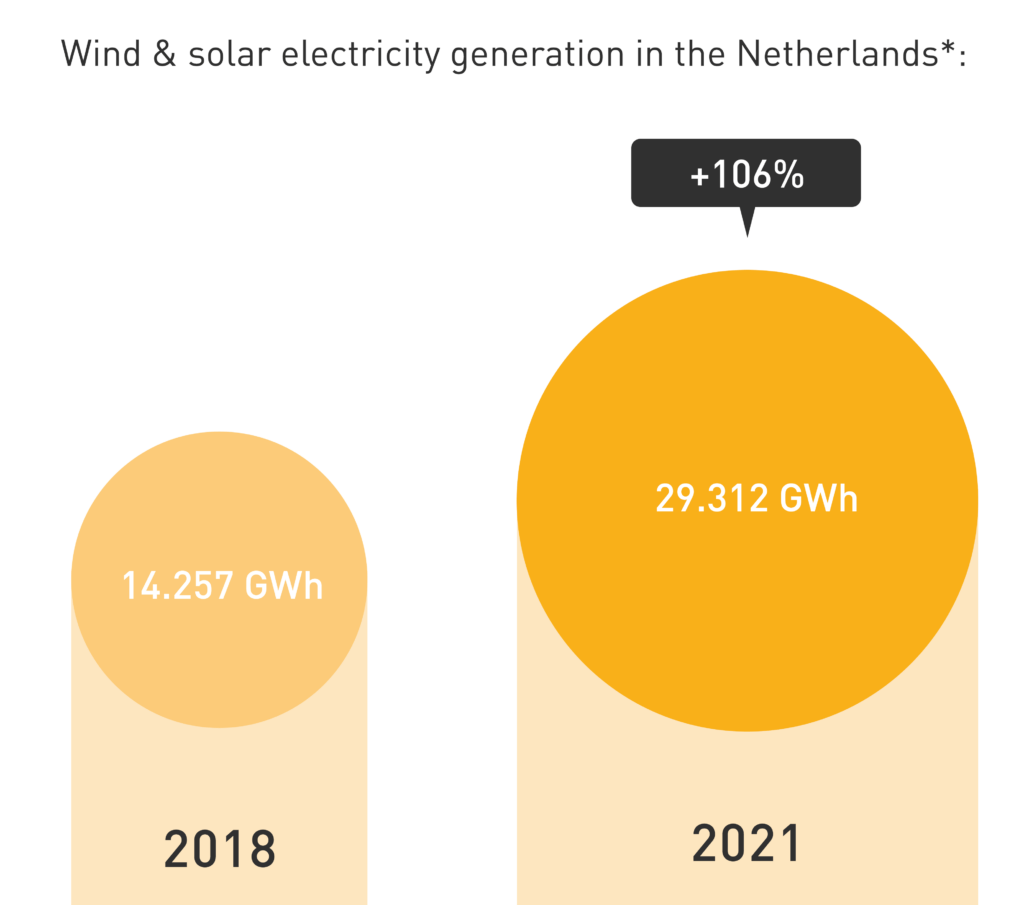
- Initially, the grid was designed to transport electricity from large coal and gas plants to end users. Grids now need to transport electricity between consumers leading to substantial power loads on grid sections that were never designed to handle these. This leads to grid congestion problems (traffic jams) and transportation restrictions.
- The rate of adoption of weather-dependent energy sources has made the power grid increasingly unpredictable due to its short-term peaks, necessitating a rapid adaptation of the whole energy system to these dynamic changes.
This has amplified the need for seamless cooperation between electricity generators and grid operators to ensure grid stability and reliability.
2. EU Legislation as the Driving Force for the Real-Time Interface
The Role of Regulation (EU) 2016/631
The genesis of the Real-Time Interface lies in the Commission Regulation (EU) 2016/631 of April 2016, which introduced the RfG (Requirements for Generators) network code. This European regulation, part of a broader initiative encompassing eight European codes, ensures affordable and reliable energy for European citizens while facilitating the energy transition. And, according to the RfG, power-generating units must have an interface allowing grid operators to adjust their output during serious instability.
Implementation in the Netherlands
In the Netherlands, the interface complying with the RfG is known as the Real-Time Interface. Its requirements are developed by Netbeheer Nederland. These requirements are enshrined in the new energy law and the electricity grid code, establishing a foundation for seamless integration into the Dutch energy landscape.
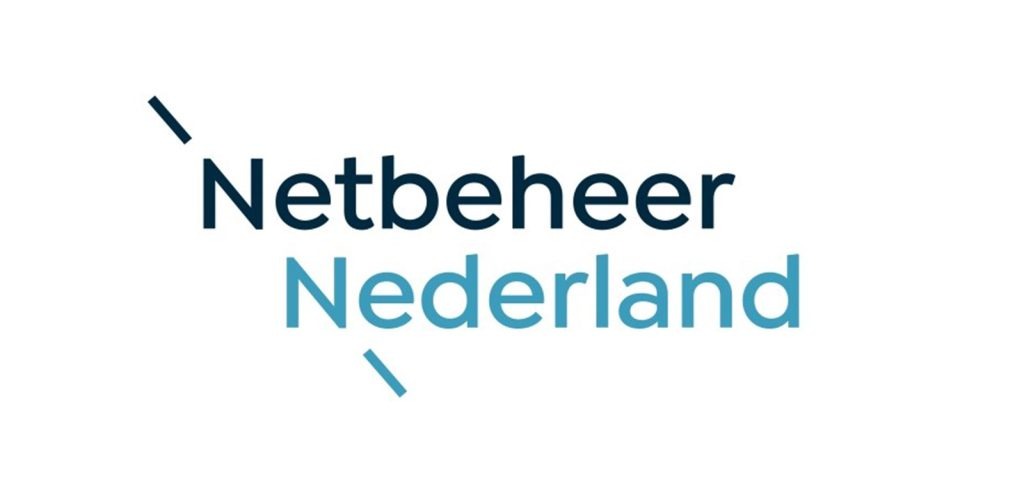
3. Real-Time Interface: Mandatory Implementation on the Horizon
Looking ahead, the Real-Time Interface will play a pivotal role in transforming the Dutch energy landscape. Starting from 2024, it will be mandatory for all solar parks and wind turbine installations with capacities ranging from 1 to 50 MW (category B power-generating module) in the Netherlands. Key points to note:
- Mandatory Implementation: Installations with capacities from 1 to 50 MW must have a certified customer endpoint with Real-Time Interface functionality in 2024. However, the grid operator can also enforce the Real-Time Interface requirement earlier if necessary to fulfill its statutory tasks.
- First rollout: The three largest grid operators, Stedin, Enexis and Liander, have already initiated practical tests with voluntarily registered generators, with the first official rollout anticipated in Q3 2023.
- Preparing for Compliance: Owners of Category B assets must acquaint themselves with the technical specifications of Real-Time Interface, ensuring they possess a certified customer endpoint like the Teleport. Staying informed about compliance deadlines and technicities not only fulfills regulatory obligations but also presents numerous benefits.
- Anticipating Benefits: While mandatory compliance may seem like a regulatory burden, it’s essential to recognize the substantial benefits of the Real-Time Interface. It empowers energy asset owners to actively participate in grid management, optimize operations, enhance revenue streams, and contribute to a more resilient and sustainable energy system. The RTI’s real-time capabilities enable quick response to grid conditions, preventing overloads and outages. Most importantly, it will enable Distribution System Operators (DSOs) to connect more renewable energy producers to the existing grid, which isn’t possible at the moment.
To conclude, the Real-Time Interface is not merely a regulatory requirement; it represents a transformative tool shaping the future of the Dutch energy sector. Embracing this innovation as an opportunity, asset owners can navigate the grid challenges, appreciate the legislative impetus from the EU, and proactively prepare for compliance, thereby ensuring a more sustainable and reliable energy future. As Thijs Nugteren, RTI working group chairman, highlighted it: “The Real-Time Interface ensures a more safe and efficient use of the energy system and thus contributes in an important way to the energy transition.”
Curious about the technical aspects of the Real-Time Interface? Check the second part of our series: Real-Time Interface: A Technical Overview.
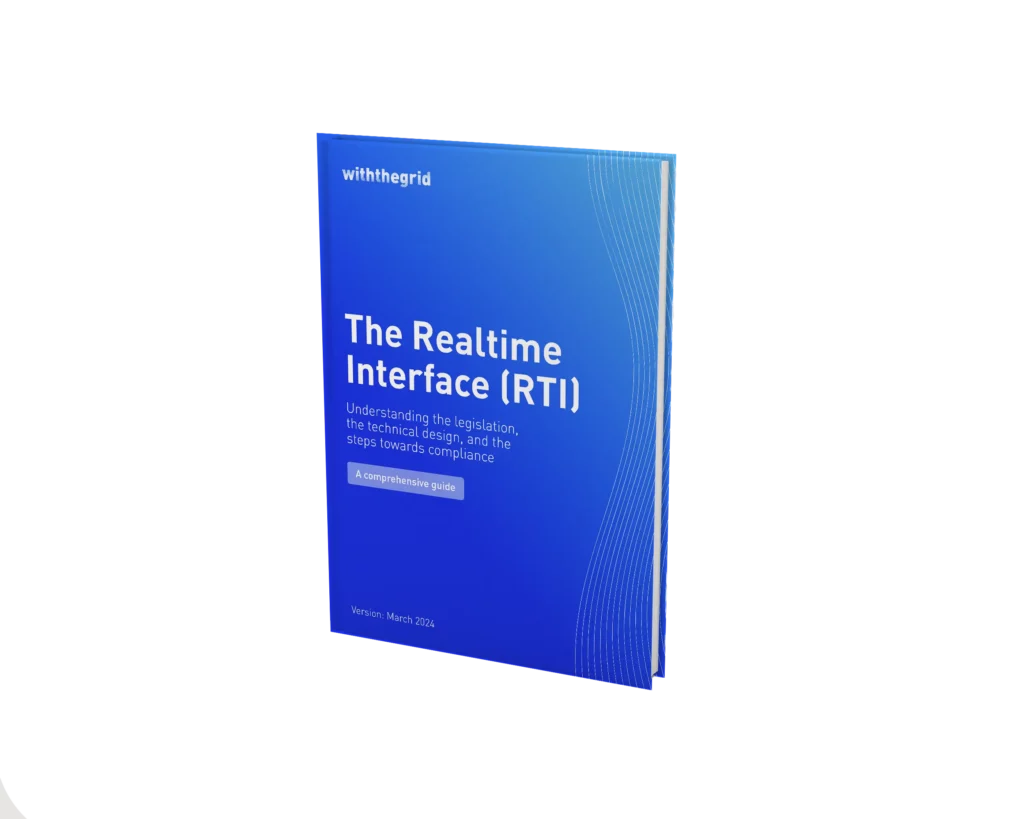
Want to know more about the Real-Time Interface?
Download our Whitepaper.
Find all relevant information in one place.
